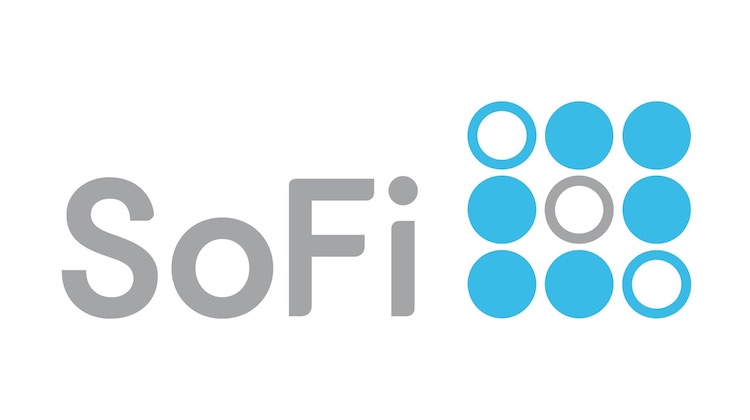Culture and Talent
How SoFi is developing its financial services offerings
- SoFi CEO Mike Cagney discusses why the anti-bank provider of bank services will begin offering deposits and credit cards later this year and what that has to do with its overall branding
- SoFi has always as much been about culture and brand as product and tech -- career resources, networking, dating events. Now it's developing its product offerings








